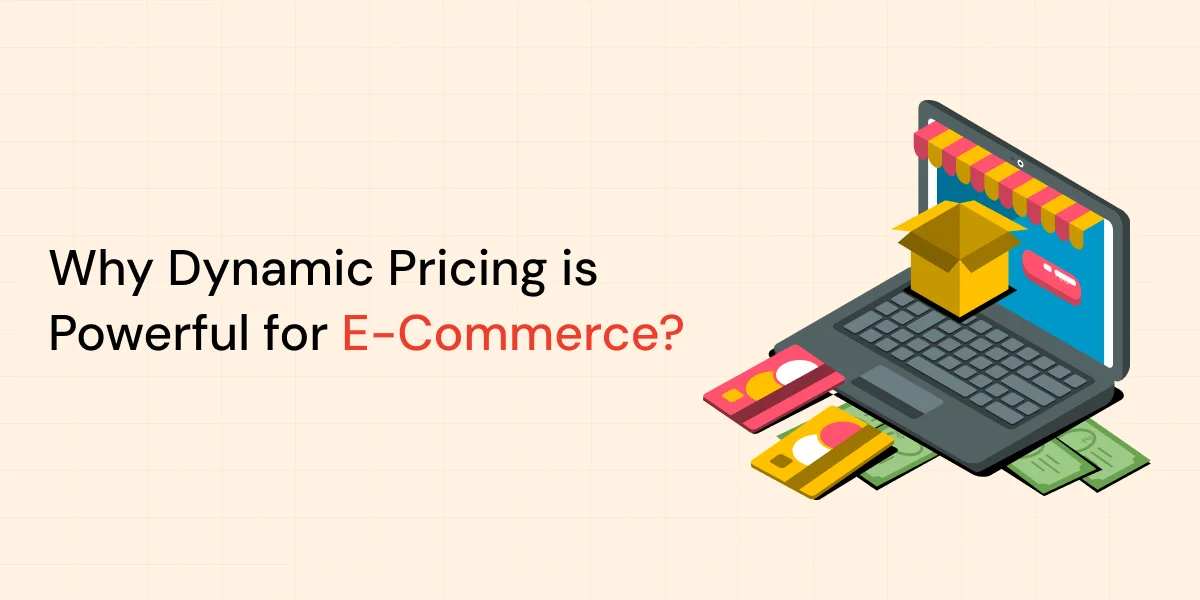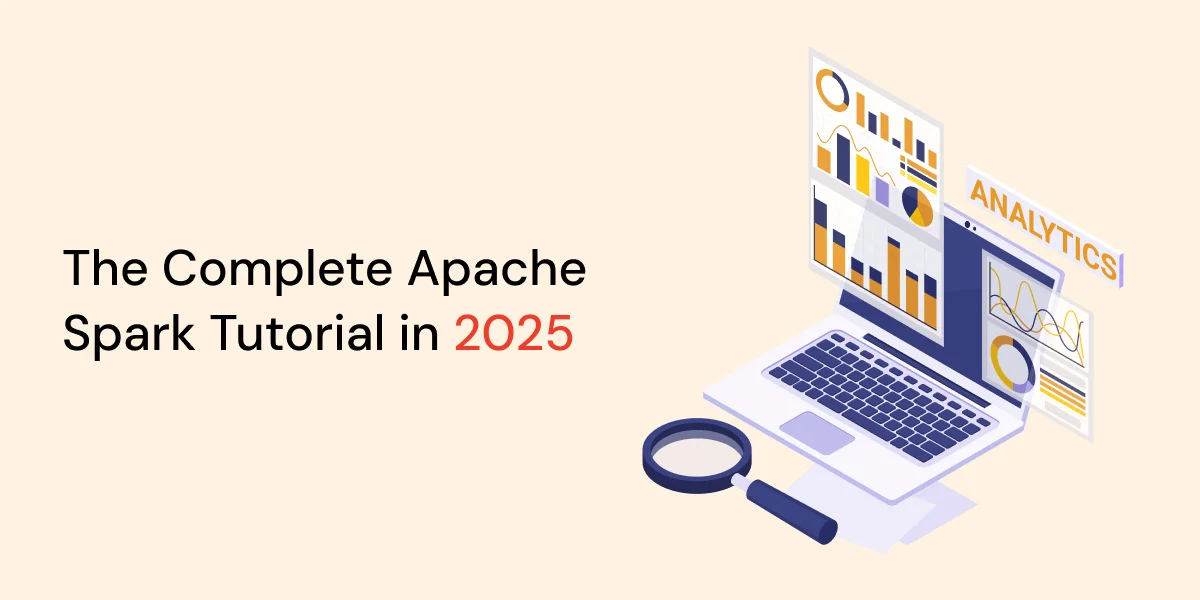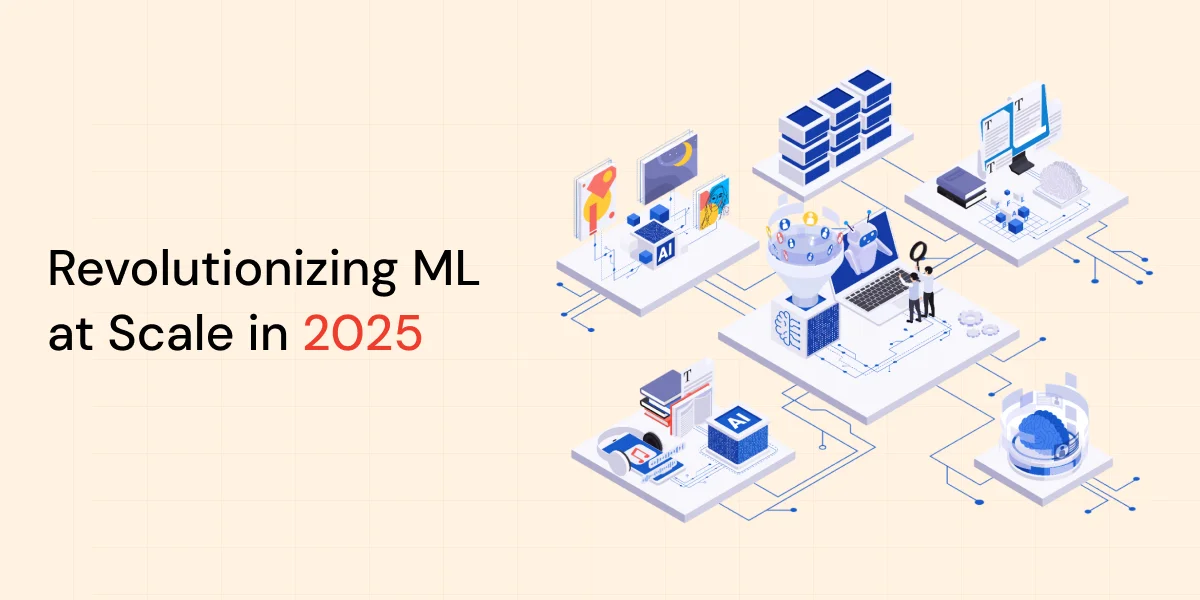In the hyper-competitive world of e-commerce, pricing isn’t just a number, it’s a powerful lever for growth, profitability, and market positioning. Static pricing models are increasingly becoming relics of the past, unable to keep pace with rapidly shifting market dynamics, competitor moves, and fluctuating customer demand. Enter dynamic pricing: the agile, data-driven approach to setting prices in real-time. And when powered by a robust platform like Databricks, it can transform your e-commerce business.
Studies show that businesses effectively implementing dynamic pricing can see revenue increases ranging from 2-8%, with some giants like Amazon attributing up to a 25% revenue boost to such strategies. But it’s not just about slashing prices; it’s about optimizing them intelligently.
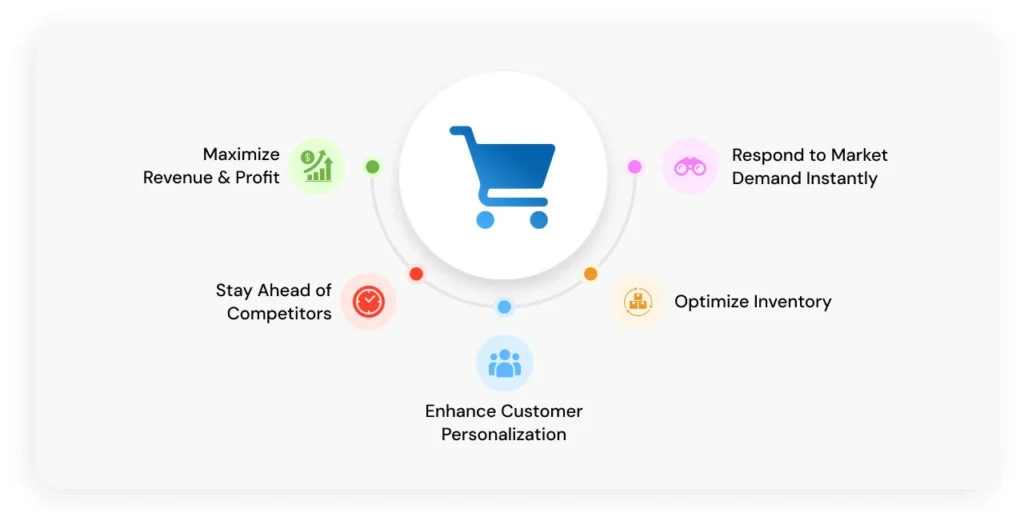
The Challenge: Drowning in Data, Starving for Insight
E-commerce businesses generate a torrent of data: clickstream behavior, sales history, inventory levels, customer demographics, competitor pricing (often scraped), seasonal trends, marketing campaign performance, and more. The challenge isn’t the lack of data; it’s the ability to:
- Ingest and process this vast and varied data in real-time.
- Analyze it to uncover actionable pricing insights (e.g., price elasticity of demand for different products).
- Build and deploy sophisticated machine learning models for price recommendations.
- Execute price changes rapidly and reliably across your e-commerce platform.
- Monitor the impact of these changes and iterate.
This is where traditional systems falter, leading to missed opportunities and suboptimal pricing decisions.
Databricks: The Engine for Intelligent Dynamic Pricing
The Databricks Data Intelligence Platform provides a unified, scalable, and collaborative environment perfectly suited to power a sophisticated dynamic pricing strategy for e-commerce. Here’s how:
1. Unified Data Ingestion & Lakehouse Architecture
Databricks allows you to ingest all your relevant data—structured (sales transactions, inventory) and unstructured (customer reviews, social media trends)—into a Delta Lake. This open-format storage layer provides ACID transactions, data versioning, and reliability for your raw and processed data.
- Key Feature: Autoloader and Delta Live Tables (DLT) simplify the creation of robust, streaming data pipelines, ensuring fresh data is always available for your pricing models.
2. Powerful Data Processing & Analytics with Apache Spark™
At its core, Databricks leverages the power of Apache Spark for distributed data processing. This enables you to analyze massive datasets, calculate price elasticity, segment customers, and track competitor movements at scale.
- Benefit: Run complex queries and transformations orders of magnitude faster than traditional systems.
3. Advanced Machine Learning & AI Capabilities
- MLflow: Manage the entire machine learning lifecycle – from experimentation and reproducibility to deployment and monitoring. Build and train models to:
- Forecast demand for individual SKUs.
- Predict the price elasticity of different products.
- Identify optimal price points based on competitor actions and internal margin targets.
- Segment customers for personalized (but fair and transparent) pricing offers.
- Databricks SQL & Serverless Compute: Query your data using familiar SQL, build dashboards for price monitoring, and leverage serverless compute for cost-effective, auto-scaling analytics.
- Model Serving: Deploy your pricing models as real-time APIs that can be integrated directly with your e-commerce platform to deliver dynamic price recommendations.
4. Real-time Capabilities
- With Delta Lake’s streaming capabilities and Databricks’ optimized Spark engine (like Photon), you can process data and update pricing models in near real-time, reacting instantly to market shifts.
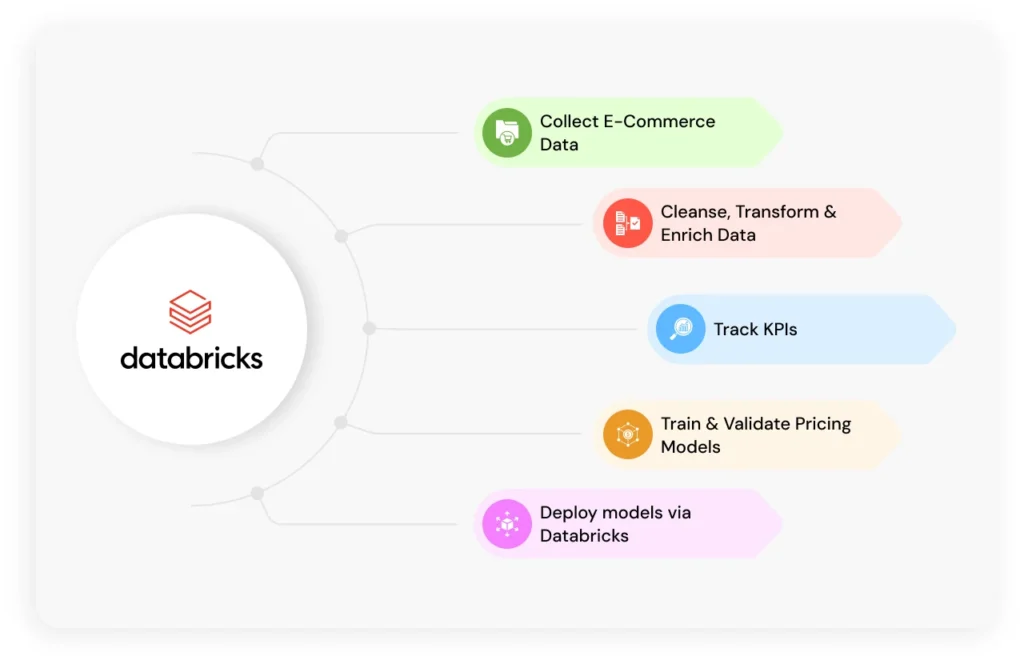
Key Strategies for Implementing Dynamic Pricing in E-commerce
While Databricks provides the technological backbone, a successful dynamic pricing strategy requires careful planning:
- Competitor-Based Pricing: Adjust your prices based on what your competitors are charging. Databricks can help automate the collection and analysis of competitor data.
- Demand-Based Pricing: Increase prices when demand is high and decrease them when demand is low. This requires accurate demand forecasting, a strength of ML models built on Databricks.
- Time-Based Pricing (Flash Sales/Promotions): Offer special prices for a limited time to create urgency. Databricks can help analyze the optimal timing and discount levels.
- Value-Based Pricing: Price products based on their perceived value to different customer segments. This is more complex but can be highly effective.
- Inventory-Based Pricing: Adjust prices to clear out overstocked items or capitalize on low-stock, high-demand products.
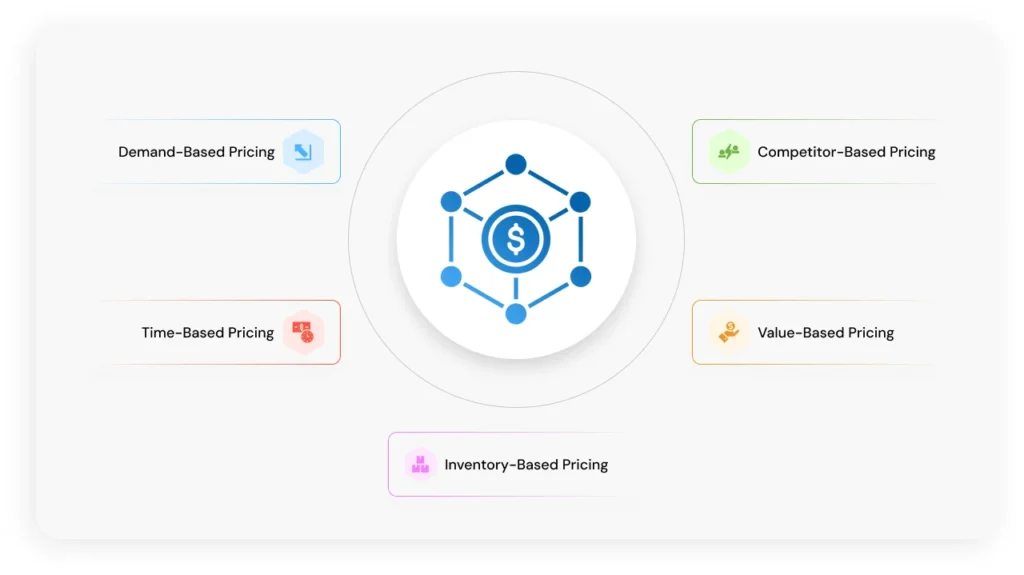
Important Consideration: Transparency & Ethics
While dynamic pricing offers immense benefits, it’s crucial to be transparent with customers. Unexplained, volatile price swings can erode trust. Many experts suggest focusing on “smarter, more strategic pricing” rather than just rapid changes, ensuring customers perceive fairness. (Source: Retail Customer Experience, 2025 pricing trends). Avoid discriminatory practices and ensure your algorithms are fair.
Getting Started with Databricks for Dynamic Pricing
- Define Clear Business Objectives: What do you want to achieve? Increased revenue, better margins, higher inventory turnover?
- Assess Data Readiness: Identify your key data sources and ensure data quality. Approximately 68% of enterprises struggle with data quality initially when implementing dynamic pricing. (Source: Fetcherr)
- Start Small & Iterate: Begin with a specific product category or segment.
- Build a Cross-Functional Team: Involve data scientists, engineers, pricing analysts, and business stakeholders.
- Leverage Databricks Expertise: Consider partnering with specialists (like Techwards!) who have experience building retail analytics and dynamic pricing solutions on Databricks.
Dynamic pricing is no longer a futuristic concept but a present-day necessity for competitive e-commerce businesses. By leveraging the power, scalability, and advanced AI/ML capabilities of the Databricks Data Intelligence Platform, you can unlock new levels of pricing sophistication, driving significant improvements in revenue and profitability.
Frequently Asked Questions
Ready to revolutionize your e-commerce pricing strategy?
Contact us for more details.

